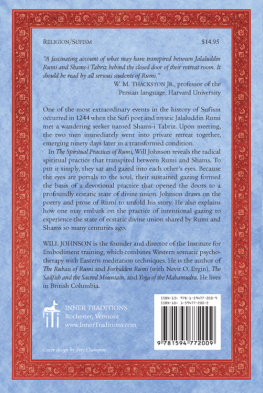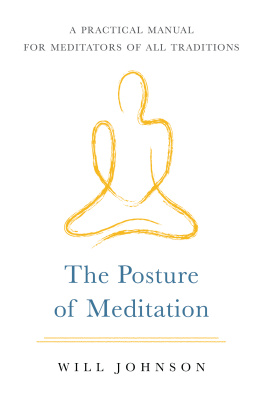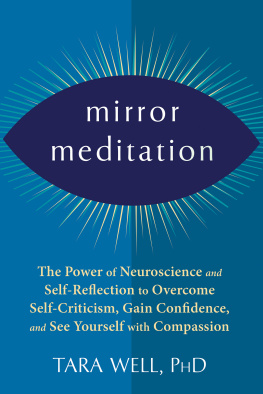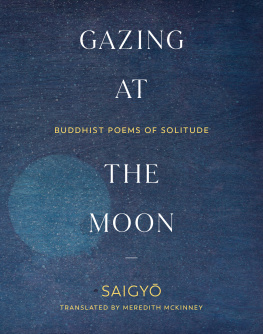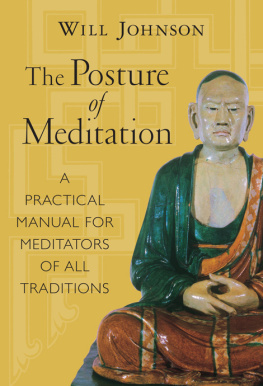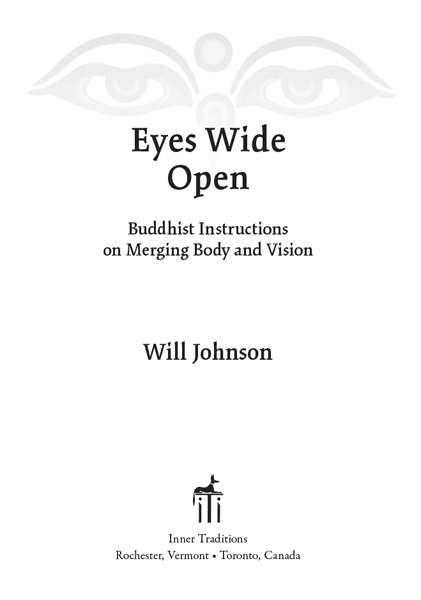Will Johnson - Eyes Wide Open: Buddhist Instructions on Merging Body and Vision
Here you can read online Will Johnson - Eyes Wide Open: Buddhist Instructions on Merging Body and Vision full text of the book (entire story) in english for free. Download pdf and epub, get meaning, cover and reviews about this ebook. year: 2016, publisher: Inner Traditions, genre: Religion. Description of the work, (preface) as well as reviews are available. Best literature library LitArk.com created for fans of good reading and offers a wide selection of genres:
Romance novel
Science fiction
Adventure
Detective
Science
History
Home and family
Prose
Art
Politics
Computer
Non-fiction
Religion
Business
Children
Humor
Choose a favorite category and find really read worthwhile books. Enjoy immersion in the world of imagination, feel the emotions of the characters or learn something new for yourself, make an fascinating discovery.

- Book:Eyes Wide Open: Buddhist Instructions on Merging Body and Vision
- Author:
- Publisher:Inner Traditions
- Genre:
- Year:2016
- Rating:5 / 5
- Favourites:Add to favourites
- Your mark:
Eyes Wide Open: Buddhist Instructions on Merging Body and Vision: summary, description and annotation
We offer to read an annotation, description, summary or preface (depends on what the author of the book "Eyes Wide Open: Buddhist Instructions on Merging Body and Vision" wrote himself). If you haven't found the necessary information about the book — write in the comments, we will try to find it.
Draws on the story of the monk Shenxiu to create a meditation practice for profound relaxation, inclusion and connection to the world around us, and realization of our essential nature
Explains how our attitudes, beliefs, and bodily tensions distort our perceptions and lead to our sense of separation from the world outside our bodies
Details techniques of vision, such as sky gazing, eye gazing, and mirror gazing, that lead to an ecstatic mindfulness
Right behind your eyes, you are there. You can feel yourself there, looking. So intimate is your connection with your looking that when you say, Im looking, youre implying that how you look and what you see are a direct reflection of who you are in this moment. Your attitudes and beliefs reflect what you see, and the way you live in your body can color your perceptions as well.
This splitting in two of experience--an inside-the-body world and an outside-the-body world--creates in many of us a sense of isolation and loneliness, a feeling of disconnection from the larger world at which we look. But the visual field is equally capable of reflecting a sense of connection and inclusion, an invitation to merge with the larger universe rather than confirming how irrevocably separated we are.
Drawing on the story of the seventh-century Chinese monk Shenxiu, Will Johnson offers meditation exercises to create a mind like a mirror, cleansing it of obscuring layers of worry and emotion to literally see things as they are, not just how we perceive them to be. He explains how to awaken your body to the sensations we learn to ignore when we lose ourselves in thought and tense ourselves in ways that stifle the bodys vibrancy. He offers meditative techniques to silence the projections of the mind and enter into a condition of ecstatic mindfulness. He details gazing practices, such as sky gazing, eye gazing, and mirror gazing, to cleanse our vision and remove whatever is distorting our perceptions.
Through this new kind of seeing, divisions between your inner and outer world start to drop away. You begin to experience an intimate connectivity to the world you look out onto. By cleansing the mirror of the mind, we can come out of the dreams of who we think we are and awaken into our true, essential nature.
Will Johnson: author's other books
Who wrote Eyes Wide Open: Buddhist Instructions on Merging Body and Vision? Find out the surname, the name of the author of the book and a list of all author's works by series.

